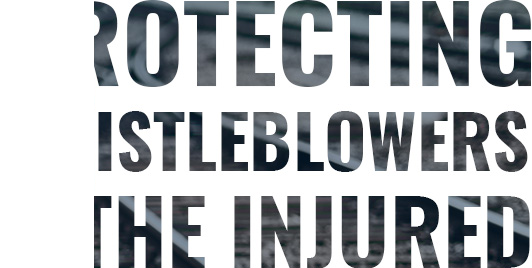Connecticut residents may remember hearing about an Amtrak passenger train crash that killed two people and injured more than 90 others. It occurred on the morning of Feb. 4, 2018, in the city of Cayce, South Carolina. The Miami-bound train collided with a parked freight train at 53 mph after the conductor forgot to move the switch to keep it on the main track. The Amtrak train’s conductor and engineer were killed.
The National Transportation Safety Board investigated the crash and released its report on Sept. 30, 2019. It found that CSX Transportation, which employed the conductor who didn’t move the switch, was installing a positive train control system and that it suspended the ordinary system of track signals as a result. Yet the CSX, according to the NTSB, failed to account for the risks that came with suspending this system.
The report also puts the blame on Amtrak for not conducting a risk assessment before the project suspended the signals. The Federal Railroad Administration was called out for not assessing the risk and mitigating it.
Amtrak, for its part, has stated that it will cooperate with the NTSB in carrying out the latter’s recommendations. The CSX has reported that it has made improvements to its rules and procedures surrounding signal suspensions.
In many train wrecks, railroad workers are injured through no fault of their own, in which case they may be able to recover economic and non-economic damages by filing FELA claims. FELA, or the Federal Employers Liability Act, was established to protect railroad workers in particular. Unlike with a workers’ compensation claim, those who file FELA claims must prove that the other side was negligent. For this and other reasons, victims may want a lawyer to assist them with the filing and negotiating process.

